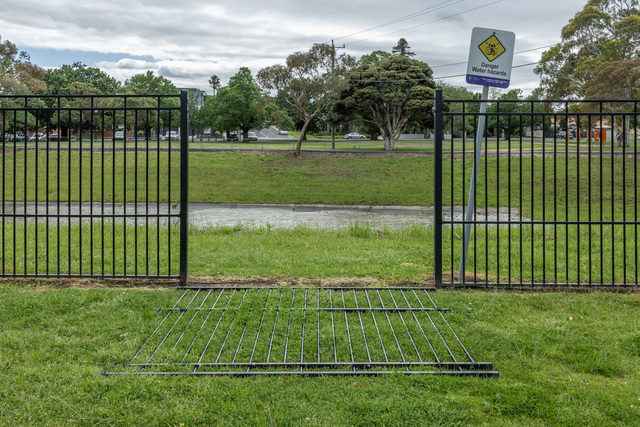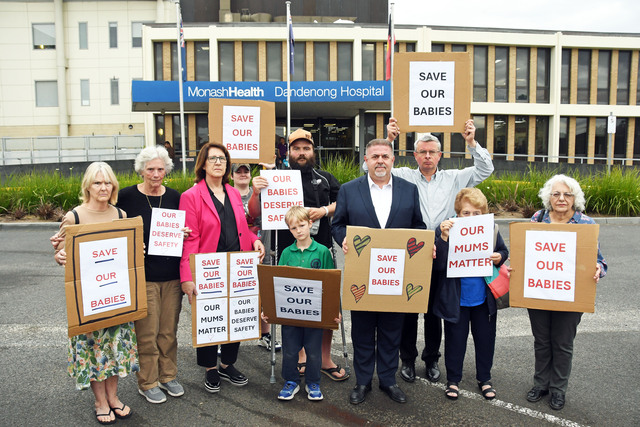By CASEY NEILL
A CORONER’S findings into a Dandenong North woman’s death will help families to better support mentally ill loved ones.
Coroner John Olle on 24 September delivered his finding into Elaine Elizabeth Sykes’ suicide by train.
The 58-year-old walked onto railway tracks between the Chandler Road level crossing and Noble Park Railway Station, about 7.30am on 10 November 2011.
He recommended that clinicians discharging a psychiatric patient – that they expected family members to help care for – should provide a document stating who to contact with any concerns and what support services were available.
Ms Sykes was admitted to Dandenong Hospital on 25 August 2011 after her mental and physical health deteriorated over the course of four months.
Consultant psychiatrist Dr Llina Tzolova told the coroner that during treatment Ms Sykes’ health improved and she “consistently denied suicidal thoughts” and “expressed hope for the future”.
In October, treating clinicians discussed discharge options with Ms Sykes and her son Dean.
“Dean expressed concerns that his mother would be unable to care for herself at home, and that he felt she was suicidal,” Coroner Olle said.
She was discharged on 2 November and Dean was to stay with her for a few days.
“The decision to discharge appears reasonable and appropriate,” the coroner said.
He heard that Ms Sykes was offered a stay in step-down unit PARCS or temporary supported residential services (SRS) accommodation but declined.
She also refused referrals to Eastern Region Mental Health Services (ERMHS).
Dean stayed with her until 6 November.
“He reported that when Ms Sykes was at home she was really confused, agitated and unsure about a lot of things,” the coroner said.
“Dr Tzolova acknowledged at inquest that after hearing Dean’s evidence he may not have understood everything about the diagnosis and what treating clinicians were trying to do, and stated that maybe if it was written down it would help.”
Dr Tozolova also gave evidence that treating clinicians decided Crisis Assessment and Treatment Team (CATT) involvement was not required because Dean would be better placed to judge any decline in his mother’s health.
“I find that referral to CATT would have been appropriate in the circumstances, given Dean’s concerns about his ability to care for his mother and her capability to survive in her home,” Judge Olle said.
“CATT clinicians are very experienced in assessing patients post-discharge and identifying if there are any concerns that need to be monitored or addressed by treating clinicians.”







